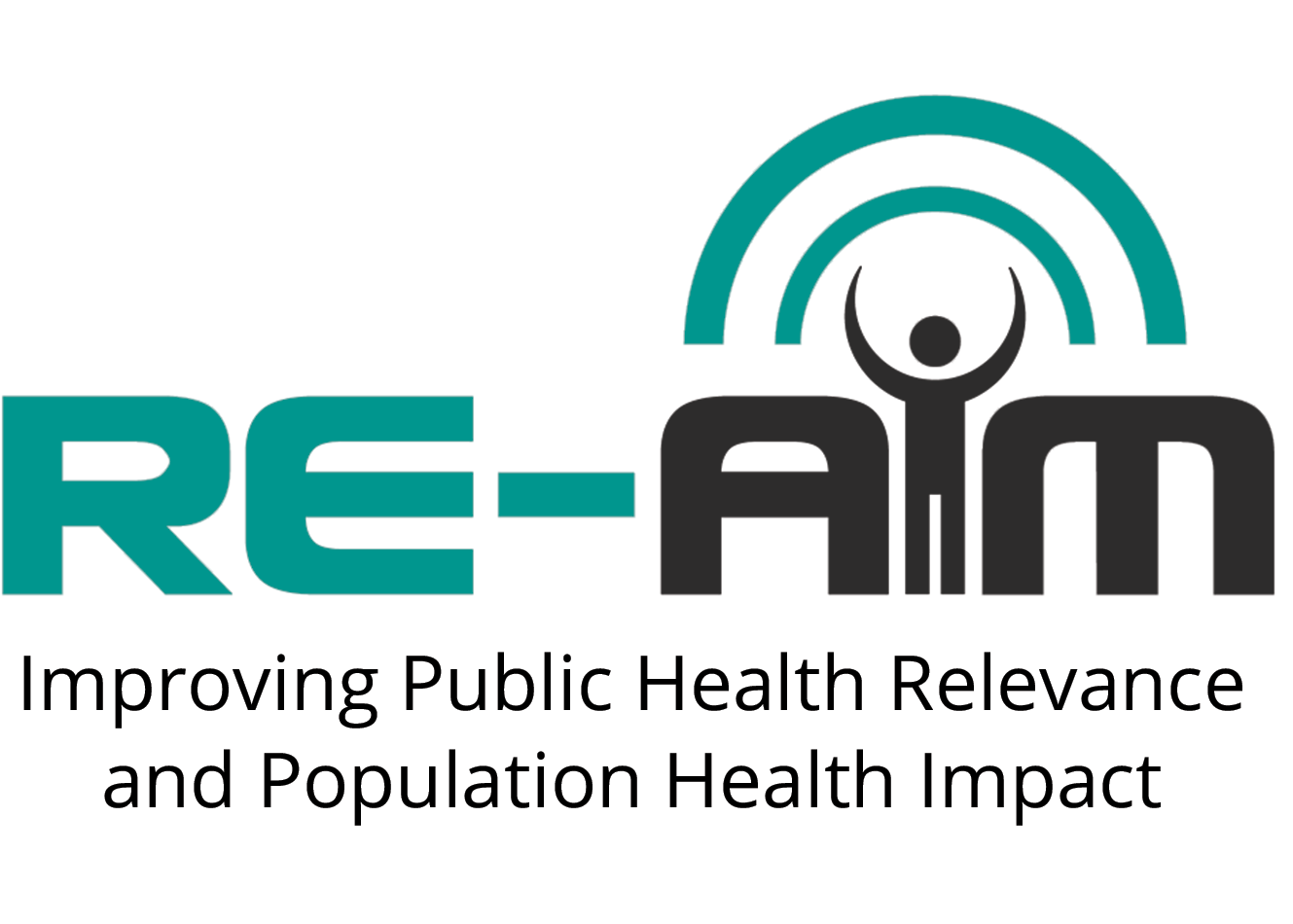Key recommendations for research and practice directions for the use of PRISM:
For research, we recommend:
1. The development and validation of more quantitative measures of PRISM, especially those that meet pragmatic and the PAPERS criteria. This will allow greater mixed-methods research on PRISM and understanding of various linkages.
2. The use of common and where applicable, standardized PRISM definitions, assessments, and criteria. We note examples of mixed methods research with PRISM, including survey and qualitative interview guides as well as a new interactive PRISM assessment and feedback tool that will soon be available on the re-aim.org website.
3. While preferred to advance implementation science, for pragmatic use it is not necessary to use all PRISM components or to use PRISM at all program time points (i.e., pre-implementation, implementation, sustainment). When not feasible, authors should briefly and transparently state why certain components were not used or why PRISM was only used at one time point.
4. More investigations and transparent reporting are needed that (a) compare PRISM with other TMFs and create clear cross-walks between PRISM and other TMFs; (b) combine PRISM with other models; and (c) adapt PRISM to diverse contexts and content areas.
5. Patient and community member issues involving (a) characteristics components of PRISM can be highlighted more; including especially social determinants of health and other equity-related issues; and (b) perceptions of the beneficiary of the intervention (e.g., patient-centeredness, trialability, relative advantage/etc.)
6. Consider using PRISM in more diverse settings including community, school, worksite, and other non-clinical contexts, especially including low resource settings and low- and middle-income countries.
For implementation practice, we recommend:
1. Reports on how PRISM is used with different types of implementation partners, in multi-sector research, and for team science, including the time involved and lessons learned.
2. Use of PRISM in logic models and to develop participatory implementation strategies that can help to address priority outcomes.
3. As discussed in the section on clarification, reviewing PRISM terminology to make it more user-friendly and relevant to the context of the implementation practice—for example changing some terms such as “patients” or “recipients.”
4. Development and usability evaluations of interactive tools and resources including videos that illustrate and guide PRISM use.
